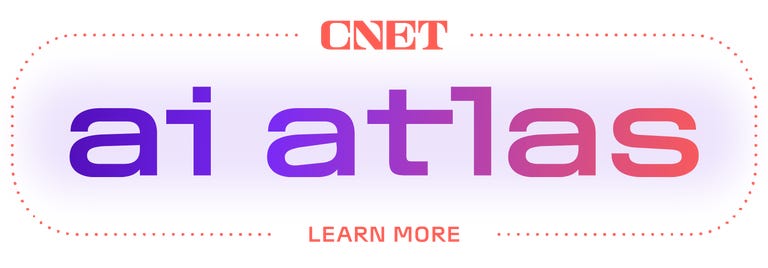A great resume can get you started when you’re looking for a new job. Unlike a cover letter, which must be modified for each new position, you only need to update your resume every year or two to showcase your most recent skills and experience along with your education, honors, and references.
With the state of the labor market; mass layoffs; and the shift to the gig economy, investing the time now to build an epic resume will pay off. Your CV is the first point of contact you have with a potential employer, but if staring at a blank page and trying to write about yourself is daunting, then let artificial intelligence do the work.

ChatGPT, the AI generator tool, can help you with resume writing best practices and speed up the process. If there’s one thing AI is good at, it’s synthesizing, structuring, and summarizing information. And once you have your CV, you can use it to create a personalized cover letter.
You can use a free version of ChatGPT or pay $20 per month for added features like the latest models, priority access during peak usage, and image generation.
If you’re struggling to condense career highlights spanning decades into two pages, read on.
Read more: Job hunting with AI: 6 techniques we’ve tried and how they work
Creating a CV from scratch
Set yourself up for success by doing some preparation. ChatGPT needs context, otherwise it will spit out generic content that is sometimes even wrong. I started by researching journalist resume templates and jotted down notes about past experience, education, and accomplishments.
Then to find out what ChatGPT needs, just ask. “Can you write me a resume?” it was my first request and ChatGPT easily told me all the information to enter so it could work.

I replied with all my information, outlined this way, and attached my preferred format:
Here is my professional summary: [paste]
Here is my work experience: [paste]
Here are my main clients: [paste]
Here is my education: [paste]
Please create a list of skills based on my experience and format my CV as the example below: [paste template]
ChatGPT does a great job of organizing information in a cohesive format, but I wanted to change it so it flows a little better (it put my education ahead of my experience, making it look like I didn’t have any experience).
Please rearrange the following sections in this order:
- Contact Details
- Briefing
- Experience
- Great customers
- Skill
- EDUCATION
It looks good.



Keep your information less sensitive
You will see that I have not given the chatbot my contact details to add to the CV. I prefer to keep my sensitive information out of the template to avoid any data breach or unnecessary risk in the future, so I will add my email, phone number and address to the final version.
When I reviewed the ChatGPT draft, I noticed two issues:
- My 10 years as a full-time freelancer had to be filled, adding important projects and long contracts.
- The list of skills was very long.
Again in ChatGPT I wrote the following:
Please add two contract roles under Freelance Journalist and Writer in the experience section.
Freelance reporter at NerdWallet, August 2022 – now. Duties: Writing personal finance advice articles, providing insights and strategies to educate and empower everyday consumers in Australia. Topics include credit cards, travel points, frequent flyer programs, BNPL, credit scores, money management and more.
Freelance reporter at Decential, September 2022 – present. Duties: Reporting on people, projects and protocols in the web3 world. Cover the news, interview founders, write deep-dive features and reviews, and cover events and conferences in person.
Then, instead of narrowing down the skill list, I had it listed in two columns. The chatbot put the information in a table, which I didn’t like, so I asked for it to be removed.

ChatGPT still had a hard time with it. I again asked him to present the information in two columns, with a space in between, but without a table or borders. You can highlight a section and reply specifically there.

But it still didn’t work, so I stopped wasting time and did it myself directly in the document.
Final adjustments
Before making my final changes, I asked ChatGPT for a short list of suggestions on how to improve my resume. He gave me some solid advice — like highlighting accomplishments, quantifying results, tailoring my resume to a specific job, adding keywords, and making my professional summary more concise — but take it with a grain of salt.
For example, my professional summary shows off my narrative skills and doesn’t take up a lot of real estate. However, I added a section for notable projects.
Although some tips were important, like adding metrics for accomplishments and starting each bullet point with a strong action verb, others weren’t necessary. For example, I didn’t want to make my profile more concise because that’s where I show my narrative writing skills. When using artificial intelligence, always trust your human instinct.
Finally, I wanted to get it down from four pages to three, so I arranged my top clients into two columns and reduced the skills list. You can see the final version of my AI-generated CV below.
Once ChatGPT is finished with the knife, you can add the finishing touches yourself. I’ll throw in my logo and side links, then you’re good to go!
For more AI tips, check out how to use Midjourney to create custom wedding invitations and how to use AI-powered Grammarly to do all your editing. For news and hands-on reviews of AI generation tools ChatGPT, Copilot, Gemini, and more, check out CNET’s AI Atlas hub.
Final ChatGPT resume for me:



